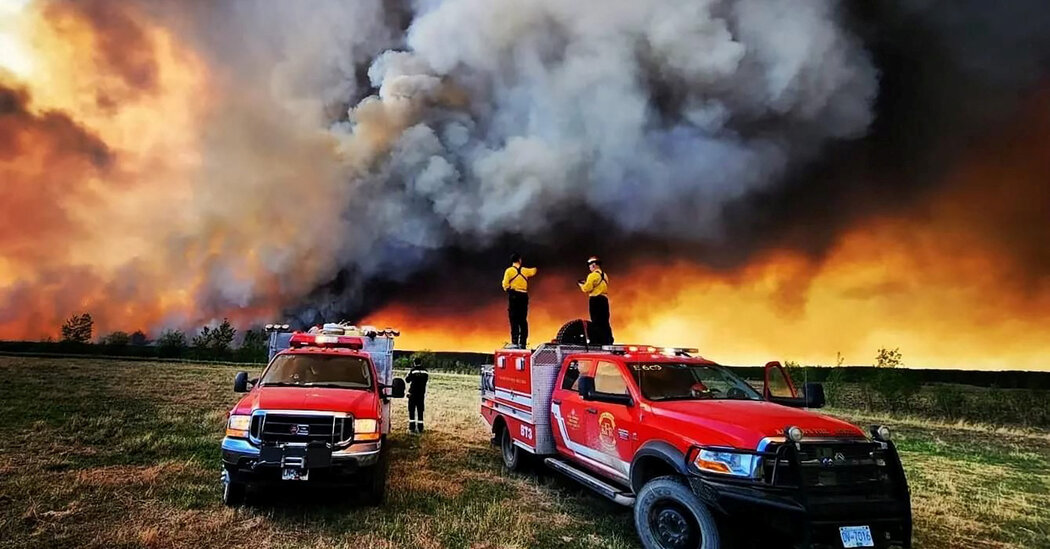E.P.A. Proposes First Limits on Climate Pollution From Existing Power Plants
By 2030, the proposed standards would prevent about 1,300 premature deaths, more than 800 hospital and emergency room visits, more than 300,000 cases of asthma attacks, 38,000 school absences and 66,000 lost workdays, according to the E.P.A.
In some ways, the E.P.A. regulation is designed to speed up changes that are already underway in the energy industry.
Coal, the dirtiest fossil fuel, is in decline — no new coal plants have been built in the United States in the last decade. In the same time frame, the cost of wind and solar power has plummeted, and electricity generation from wind turbines and solar panels has more than tripled. Wind now generates more than 10 percent of the nation’s electricity, and solar power now generates about 3 percent and is growing fast. As a result, planet-warming pollution from power plant smokestacks has dropped by about 25 percent in the last decade, absent any direct regulation.
In recent years, many large electric utilities have announced targets to stop adding carbon dioxide to the atmosphere by 2045 or 2050.
“Our emissions continue to go down as a sector, and we predict that will continue to happen regardless of the rule,” said Emily Fisher, executive vice president of clean energy and general counsel at the Edison Electric Institute, an organization that lobbies on behalf of investor-owned electric utilities.
But some lobbyists say the timeline proposed by the Biden administration is beyond what industry can achieve.
“They didn’t just come up with those targets on the back of an envelope,” said Jeffrey Holmstead, a lawyer who represents fossil fuel companies and electric utilities with the firm Bracewell L.L.P. If the idea is to go significantly faster than that, then companies are going to have real concerns.”


